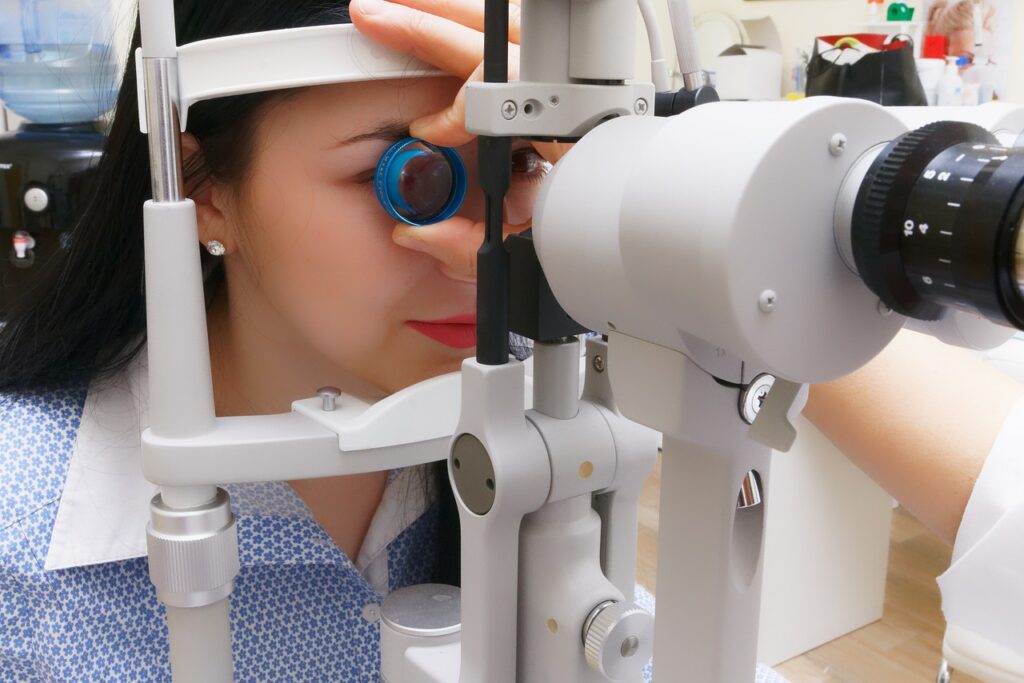Summary of Follow-up Study of Association of Dietary Nitrate Intake With Primary Open-Angle Glaucoma

The study titled “Association of Dietary Nitrate Intake With Primary Open-Angle Glaucoma: A Prospective Analysis From the Nurses’ Health Study and Health Professionals Follow-up Study” published in JAMA Ophthalmology aimed to explore the connection between dietary nitrate intake and the risk of developing primary open-angle glaucoma (POAG). To conduct the analysis, the researchers utilized data from the Nurses’ Health Study and Health Professionals Follow-up Study.
Methodology
In total, 75,426 women from the Nurses’ Health Study and 40,319 men from the Health Professionals Follow-up Study, all without a history of POAG at the beginning, were identified for the study. The participants’ dietary nitrate intake was evaluated through food frequency questionnaires administered every 2 to 4 years. Throughout a follow-up period ranging from 8 to 24 years, 1,039 new cases of POAG were identified.
Results
After accounting for potential factors that could influence the results, such as age, body mass index (BMI), smoking status, and alcohol consumption, the researchers discovered that higher dietary nitrate intake was associated with a significantly lower risk of developing POAG. Specifically, for every 10 mg/day increase in dietary nitrate intake, there was an approximate 5% decrease in the risk of POAG.
Interestingly, the protective effect of nitrates was most prominent among individuals with a family history of the condition. Within this subgroup, those with the highest nitrate intake had a 21% reduced risk of POAG compared to those with the lowest intake.
The authors of the study proposed that the potential protective mechanisms of nitrates could be attributed to their vasodilatory properties, which enhance blood flow and reduce pressure within the eye. Nitric oxide, a molecule produced from dietary nitrate, plays a crucial role in maintaining proper blood flow and oxygenation of the retina and optic nerve head, both of which are critical structures affected by POAG.
The research also discovered that individuals who consumed a diet high in nitrate-rich foods, such as leafy greens, beets, and radishes, were less likely to develop POAG compared to those who had a lower intake of these foods. This emphasizes the importance of incorporating nitrate-containing foods into one’s diet for potential glaucoma prevention.
It’s crucial to understand that this observational study does not prove a direct cause-and-effect relationship between dietary nitrate consumption and reduced POAG risk. More research, including randomized controlled trials and mechanistic studies, is required to validate these results and delve into the underlying mechanisms.
Conclusion
To sum up, the study on the “Association of Dietary Nitrate Intake With Primary Open-Angle Glaucoma” revealed a significant link between higher nitrate intake and a decreased risk of POAG in women from the Nurses’ Health Study and men from the Health Professionals Follow-up Study. The protective effect was particularly notable in individuals with a family history of the disease. While the potential mechanisms could involve vasodilation and improved blood flow, additional research is needed to confirm these findings.

